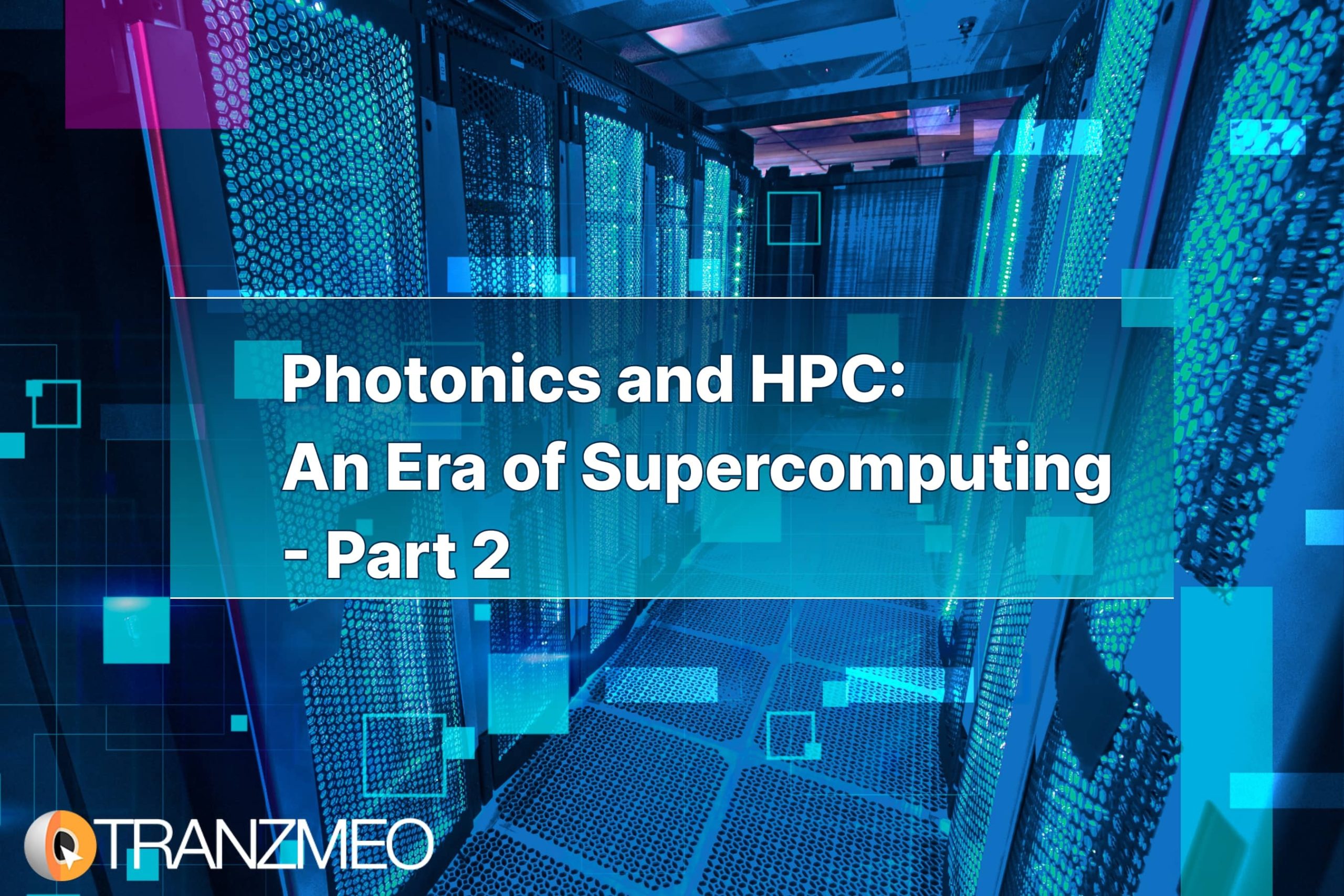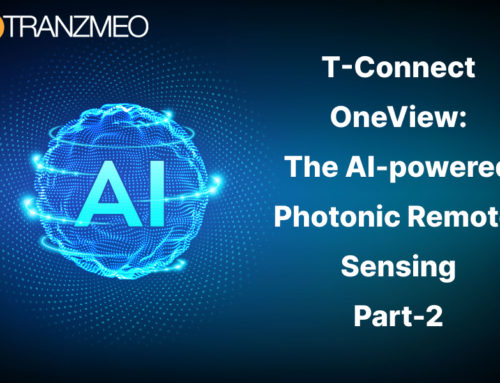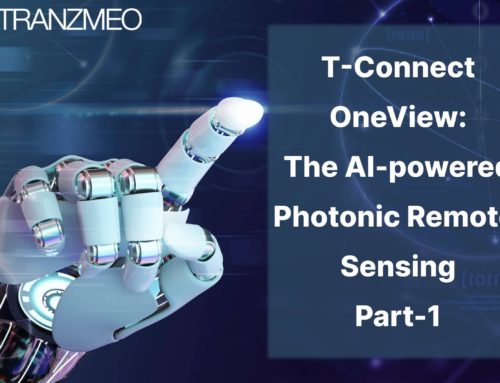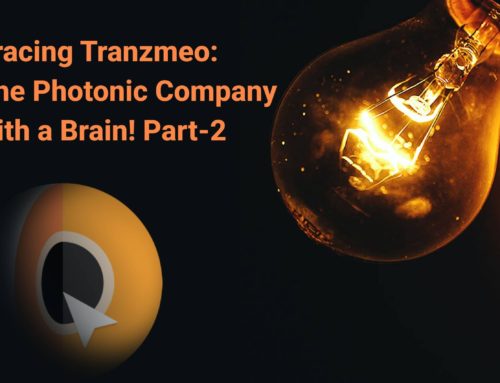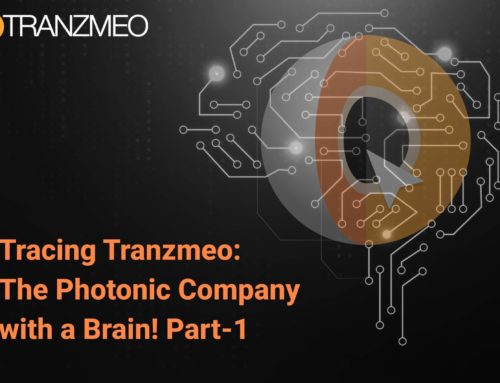Can a machine think? The whole story of artificial intelligence began with this question. The arrival of artificial intelligence and machine learning has made groundbreaking changes in the area of information technology. Photonics and artificial intelligence are mutually beneficial and improve the efficiency of appliances drastically. Photonics has advanced itself to technological integration as it developed photonic crystals, components, and photonic materials.
The technological integration suggests the possibility of combining AI with photonics. Photonics when combined with artificial intelligence enables different technologies such as optical computing, optical sensing, nano-photonics, information processing machines, and optical imaging. Their efficiency and performance are enhanced by the effective confluence of photonics and artificial intelligence.
The next-generation technologies
Artificial intelligence, as our first thought lingers, is not (only) about destructive robots and flying spaceships. It is applicable in our day-to-day life and governs countless devices thus making them beyond ordinary. We need to expand the applications of artificial intelligence to increase the scope of technology. Originated from science fiction, Artificial intelligence stepped into the industry with the weight of high expectations and promises.
Artificial intelligence strives to simulate the same efficiency as human intelligence through tailor-made algorithms and specialized processes. Artificial intelligence imitates the cognitive perception and problem-solving abilities of the human mind. The applications of artificial intelligence range from web searching engines to self driving vehicles.
Artificial intelligence changed the way we look at technology. AI scientists strive to make machines self conscious. As we are moving amidst a digital revolution, the importance of artificial intelligence and its subsequent are at their zenith. The increased amount of data needs a system that could think by itself without the aid of a human being behind it.
Evolving machines
The scientists proved that they can make a machine think. The next question they pondered upon was “Can a machine learn and evolve over time?”. Machine learning is a further subset of Artificial intelligence. Machine learning makes the system learn and develop over time. The machine stores the data from different sources and uses this data to make insights and predictions.
The machine stores all the data about the actions and decisions taken by the user. This data is developed over time to improve the machine’s decision making ability. Data is governing businesses over the globe and its rate of generation is growing exponentially. Using machine learning in global businesses can improve customer satisfaction and revenue along with reducing costs.
The Internet of Things: A connected world
The Internet of Things (IoT) is a relatively new term that we started to hear in the twenty first century. It is a network of “things” that are connected to external sensors or running software. The physical objects might not be like the traditional computer systems. These networks with external embedded devices work with the help of the internet.
They collect and send data to data centers or other higher systems through the internet. Internet of Things enables minimal human interaction as the whole data is transferred with the help of cloud computing, big data, data analytics, and low-cost computing.
Through the Internet of Things, we are breaking the barriers between the physical world and the digital world and making them work together hand in hand. IoT wasn’t a new idea in the technical field. There were waves of thought about this possibility long ago. But what hindered was the underdeveloped technologies to assist or to back up IoT systems.
Now industrialists have access to sensors that have low cost and run on low power. They are more affordable and much more reliable in performance. These sensors increased manufacturers’ interest in IoT and lessened their unfamiliarity in the field. It is easy to connect the sensors to the cloud and other physical systems in the network as we now have a host of network protocols for the internet. It enables better connectivity and efficient data transfer.
The collective network
The users can access the infrastructure which they need to scale up using the increased availability of the cloud computing platforms. They don’t have to physically manage it. Machine learning and data analytics has advanced so much. Gathering insights is easy and faster with access to huge amounts of data in cloud storage. These technologies mutually support each other, Machine learning and artificial intelligence makes it easier for IoT to access data and in return, the data produced by IoT is useful to these advanced technologies.
The use of IoT in industries and for purposes related to it is called as Industrial Internet of Things or IoT. The Industrial Internet of Things helps to connect the assets and maintain them using predictive mechanisms. It also helps with the smart manufacturing of products and smart digital supply chains. We will be able to build smart cities using the Industrial Internet of Things.
The sensors connected to the IoT system were traditional and required wires connected to it. To make lightweight and advanced sensors that require less power for it’s working, there is no better option than photonics. The photonic sensors are accurate in performance and they are also stable compared to their electronic counterparts. Together IoT and photonics are bridging the gap between data and the physical world.
The large distance asset monitoring became easier with the implementation of photonic sensors in the appliances. They have high efficiency even though they only consume a very less amount of power. These advanced technologies such as AI, ML, and IoT when paired with cutting-edge photonic systems can transform the world into something revolutionary.
